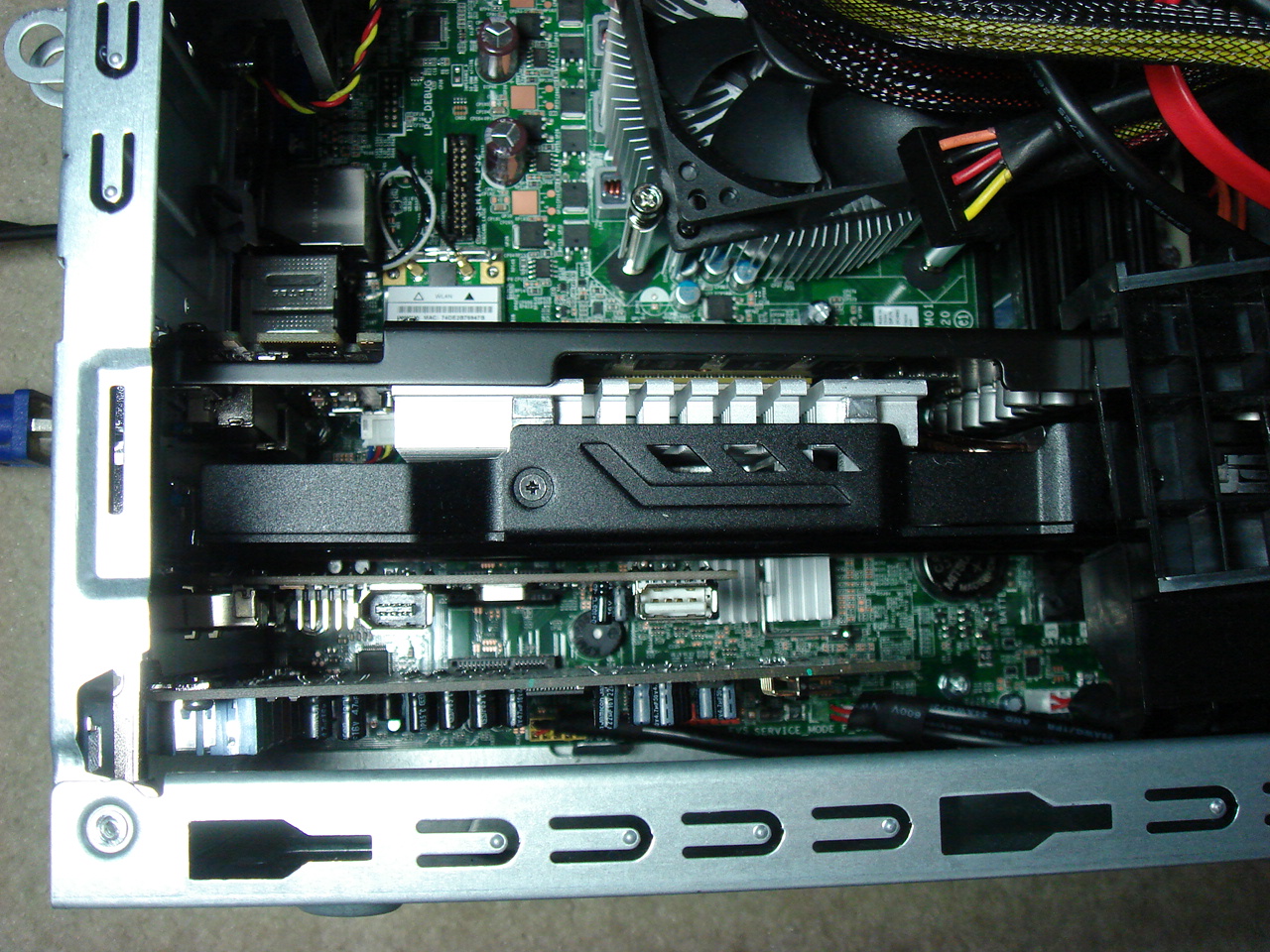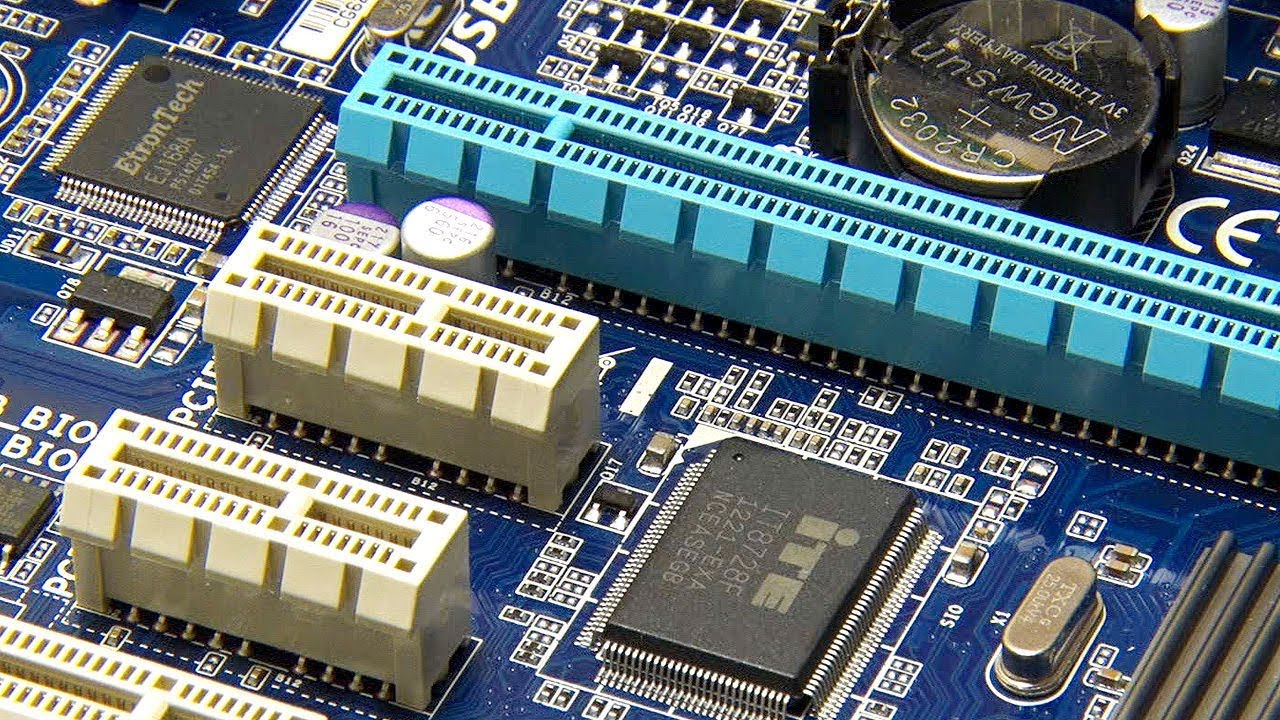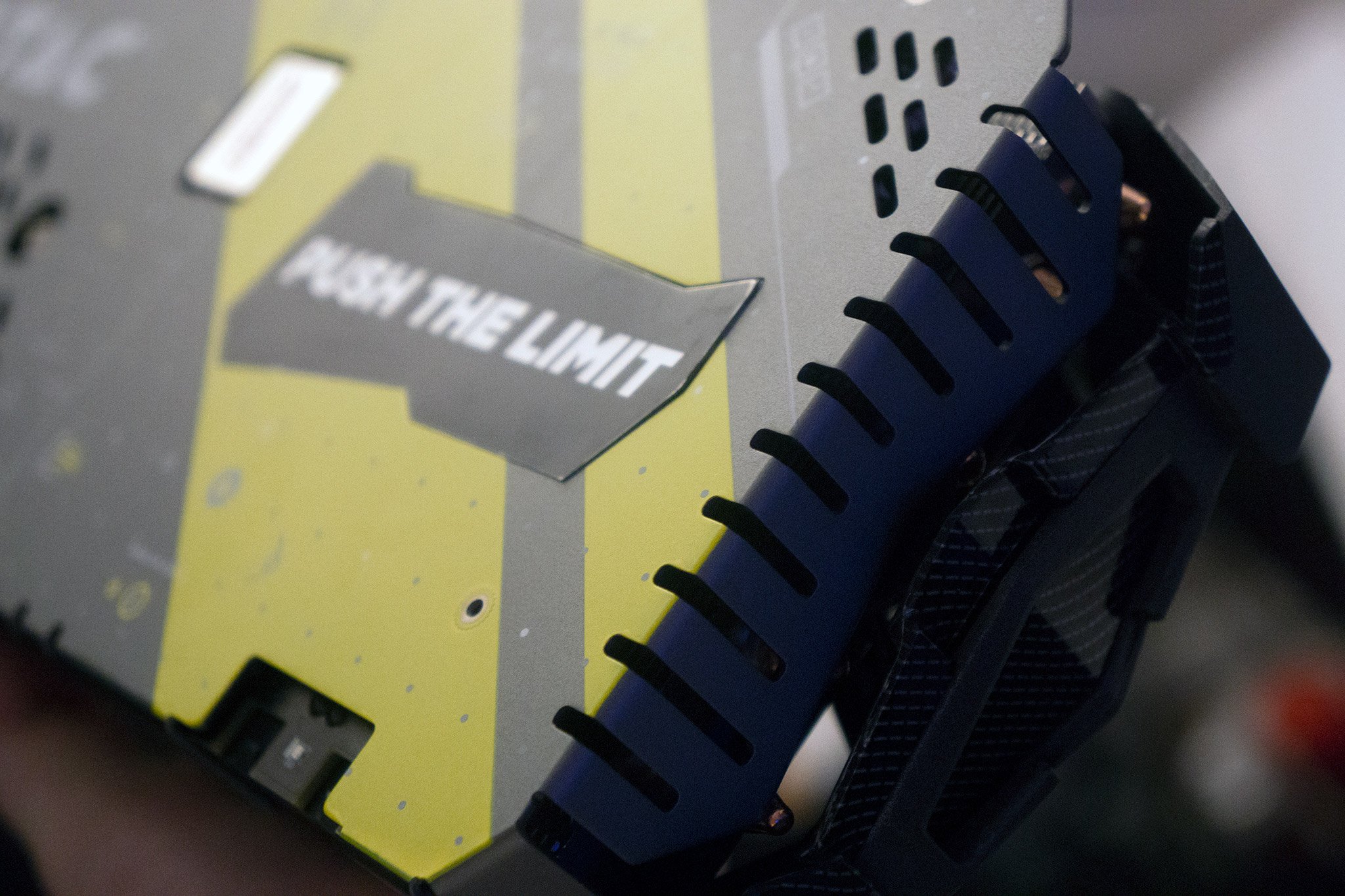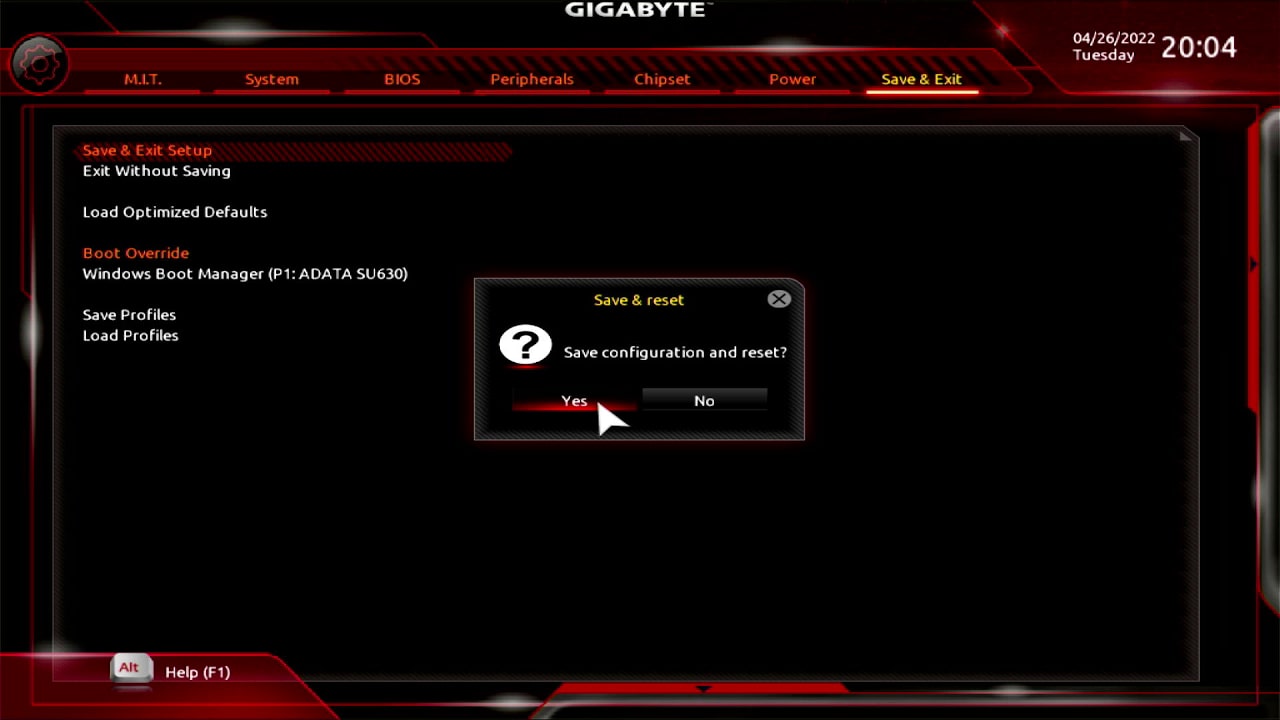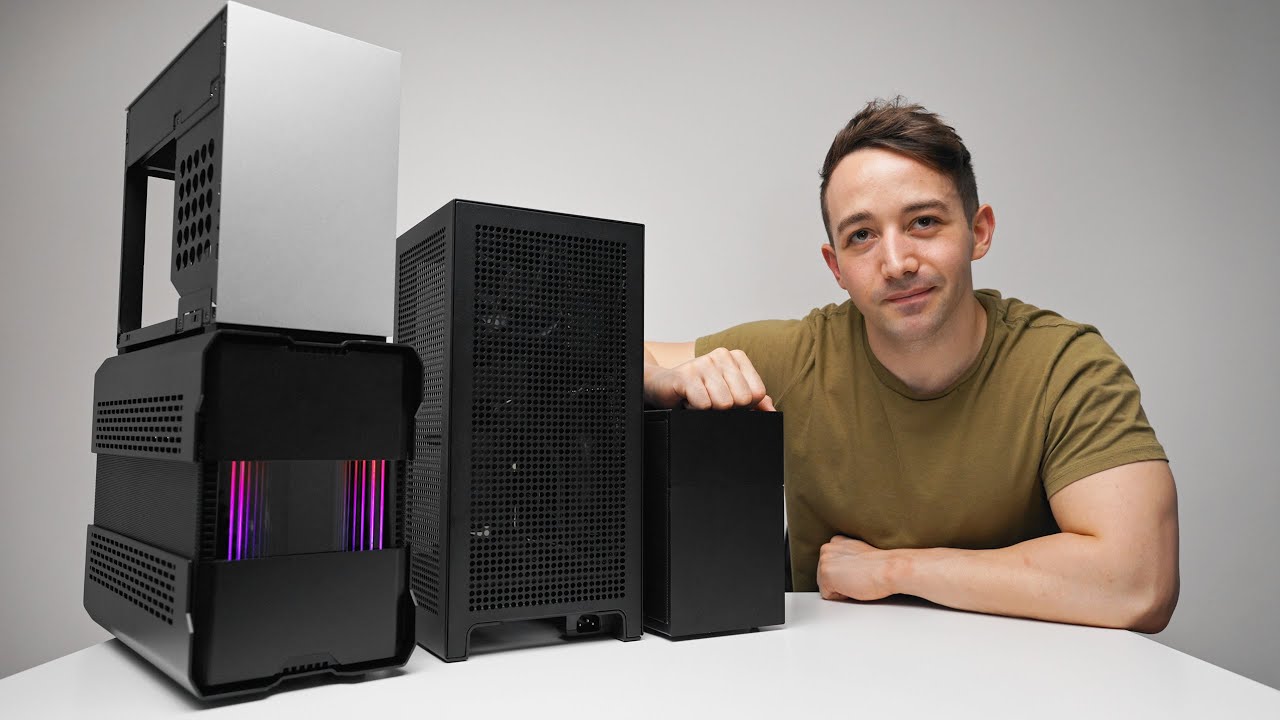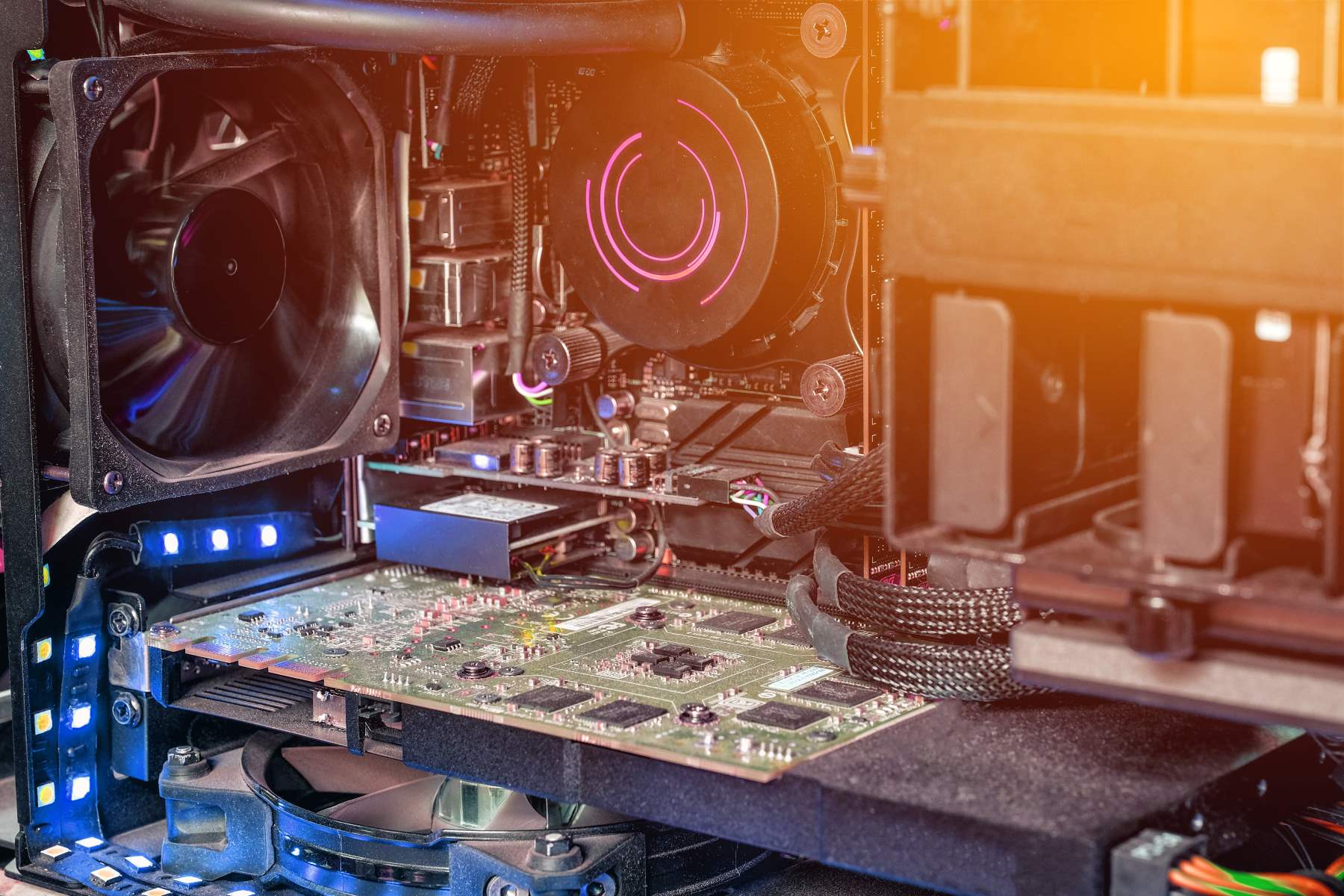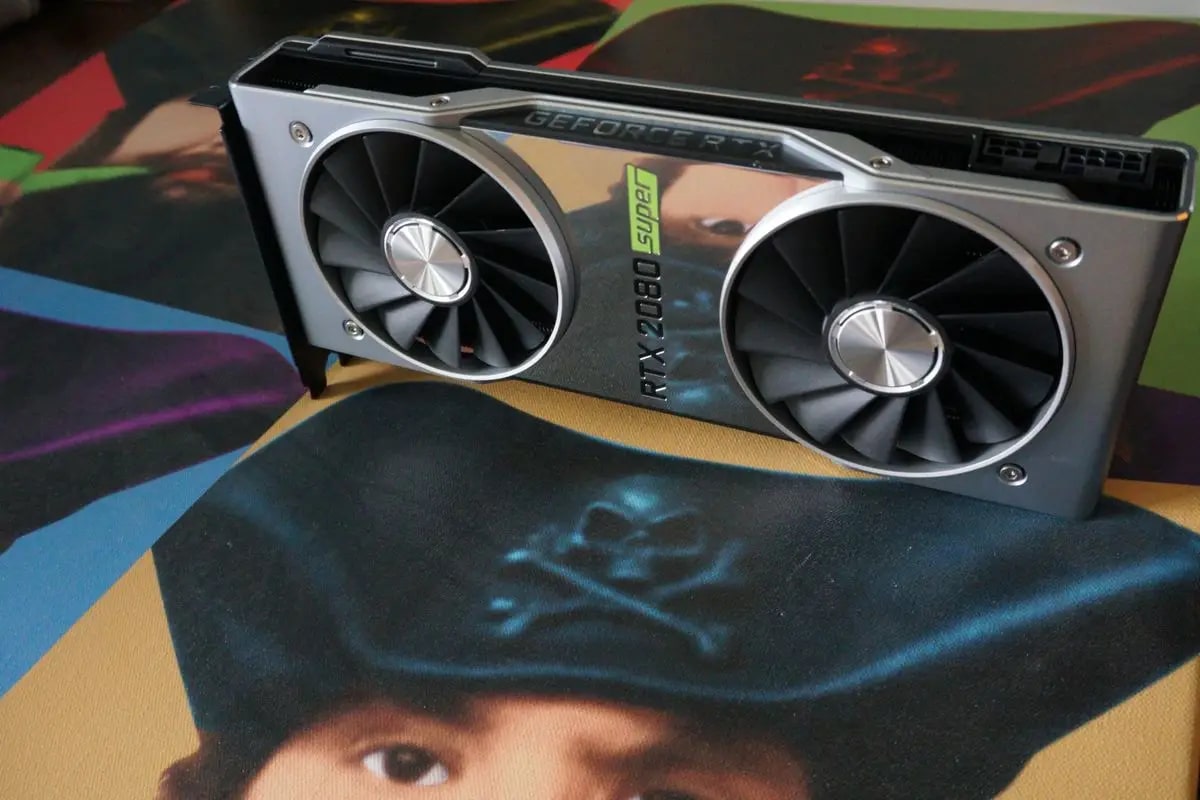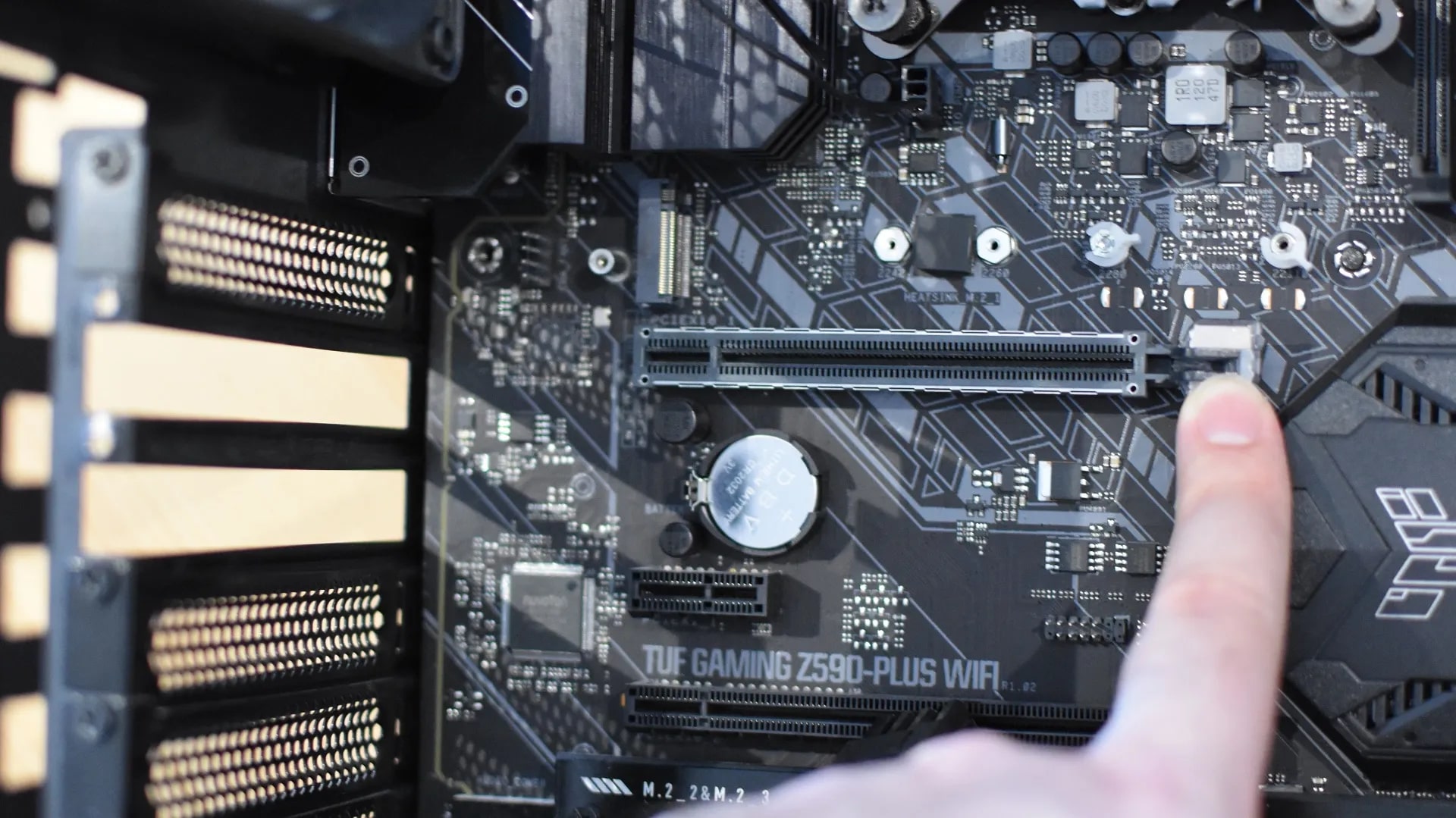Intro
Graphics cards play a crucial role in modern computer systems, especially for those who engage in gaming, graphic design, or video editing. These powerful components are responsible for rendering images, videos, and games with stunning visual effects. Over the years, graphics cards have evolved tremendously, becoming more advanced and capable of handling demanding tasks.
One type of graphics card that you may come across in the market is a 2-slot graphics card. As the name suggests, this card occupies two slots on your motherboard, providing extra space for cooling and potentially offering higher performance. In this article, we will explore what exactly a 2-slot graphics card is, the benefits and drawbacks of using one, factors to consider when choosing one, and some of the top 2-slot graphics cards available in the market.
Before we dive deeper into the world of 2-slot graphics cards, it’s essential to have a basic understanding of what graphics cards are and why they are important.
What are graphics cards?
Graphics cards, also known as video cards or GPU (Graphics Processing Unit), are hardware components that are responsible for generating and rendering visual images, videos, and animations on your computer screen. They are specifically designed to handle complex mathematical calculations and transform them into graphical representations that you see on your monitor.
Modern graphics cards are equipped with advanced technology and dedicated memory that allow them to process vast amounts of data at high speeds. They have their processors, memory, and cooling systems, making them capable of handling intensive graphic tasks such as gaming, video editing, 3D modeling, and more.
When you run a graphically demanding application, such as a video game or a high-definition movie, the graphics card takes over the task of processing the visual data. It retrieves data from the computer’s main memory and performs complex calculations to generate the final image or video frame. The graphics card then sends this processed data to the monitor, which displays it as a series of pixels, creating a seamless and visually appealing experience for the user.
Graphics cards are equipped with various features that enhance their performance and capabilities. These include multiple processing cores (CUDA cores for NVIDIA and Stream Processors for AMD), higher clock speeds, larger memory bandwidth, and specialized algorithms for tasks like ray tracing and deep learning. The advancements in graphics card technology have significantly contributed to the realistic and immersive graphics we see in modern games and applications.
Overall, graphics cards are crucial components for individuals who require high-quality visuals and smooth performance in their computer systems. By offloading graphic processing tasks to a dedicated graphics card, users can enjoy smoother gameplay, faster video rendering, and more visually stunning graphics.
What is a 2-slot graphics card?
A 2-slot graphics card refers to a type of graphics card that occupies two expansion slots on your computer’s motherboard. In simpler terms, it is a graphics card that requires two consecutive slots on the motherboard for installation instead of the standard single slot. These slots are typically referred to as PCIe (Peripheral Component Interconnect Express) slots.
The primary reason for a 2-slot design is to provide additional space for cooling and to accommodate more robust and powerful graphics cards. The extra slot allows for the inclusion of larger cooling solutions such as dual or triple-fan setups, heatsinks, or liquid cooling systems. By having improved cooling capabilities, 2-slot graphics cards can better regulate temperatures and prevent the card from overheating during heavy usage.
Moreover, the added space between slots also allows for a larger graphics card with more processing power, memory, and other advanced features. These components require more physical space on the card, and the 2-slot design makes it possible to fit them without compromising on performance.
It’s worth noting that the size of a graphics card, including the number of slots it occupies, can impact compatibility with other components in your system. Before purchasing a 2-slot graphics card, it’s important to ensure that your computer case and motherboard can accommodate its size and have the necessary PCIe slots available.
While 2-slot graphics cards offer advantages such as improved cooling and higher performance capabilities, they may also have some drawbacks. The most apparent drawback is the additional space they occupy within the computer case, limiting the number of available slots for other expansion cards, such as sound cards or network cards. Additionally, if you plan on using multiple graphics cards in a multi-GPU setup, the space requirements can compound.
In the next section, we will explore the benefits and drawbacks of using a 2-slot graphics card in more detail to help you make an informed decision.
Benefits and drawbacks of a 2-slot graphics card
Like any hardware component, 2-slot graphics cards come with their own set of advantages and disadvantages. Understanding these benefits and drawbacks can help you determine if a 2-slot graphics card is the right choice for your computing needs.
Let’s start with the benefits:
- Improved Cooling: One of the significant advantages of a 2-slot graphics card is the enhanced cooling capabilities it offers. The extra slot allows for larger and more efficient cooling solutions, such as dual or triple-fan setups, which can help dissipate heat more effectively. This results in lower temperatures during intense gaming or graphic-intensive tasks, leading to improved performance and increased longevity of the graphics card.
- Higher Performance: Due to the larger physical size of 2-slot graphics cards, they can accommodate more powerful components, such as advanced GPUs, higher memory capacities, and increased power delivery systems. This enables 2-slot graphics cards to offer better performance and handle demanding applications, including high-resolution gaming, virtual reality, and content creation.
- Future-proofing: Investing in a 2-slot graphics card allows you to future-proof your system to some extent. The extra space provided by the 2-slot design ensures compatibility with upcoming graphics card models that may require larger cooling solutions or additional power connectors.
While there are notable benefits, it’s important to consider the potential drawbacks as well:
- Space Constraints: The primary drawback of a 2-slot graphics card is its size, which takes up additional space within the computer case. This can limit the availability of other PCIe slots for expansion cards, such as sound cards or network adapters. It’s crucial to ensure that your computer case and motherboard can accommodate the size of a 2-slot graphics card before making a purchase.
- Multi-GPU Compatibility: If you plan on using multiple graphics cards in a multi-GPU configuration, the size of 2-slot graphics cards can become a concern. The additional space required for each card may limit the number of graphics cards you can install, depending on the available slots on your motherboard.
- Potential Compatibility Issues: Some smaller form factor cases may not have enough clearance for 2-slot graphics cards. It’s important to check the dimensions of both your case and the graphics card to ensure compatibility.
Considering these benefits and drawbacks, it’s essential to assess your specific needs, available space, and future upgrade plans before deciding whether a 2-slot graphics card is the right choice for you.
Factors to consider when choosing a 2-slot graphics card
When choosing a 2-slot graphics card, there are several factors that you should consider to ensure that it meets your specific needs and requirements. These factors can help you make an informed decision and select a graphics card that will provide optimal performance and compatibility with your system.
- GPU Performance: The first factor to consider is the performance of the graphics processing unit (GPU) on the card. Look for a GPU that can handle the tasks you require, whether it’s gaming, content creation, or professional graphic design. Check benchmarks and reviews to gauge its performance in the applications you’ll be using.
- Memory Capacity: Graphics cards come with their own dedicated memory known as VRAM (Video Random Access Memory). More VRAM allows for better performance at higher resolutions and more detailed textures. Consider the memory capacity of the graphics card based on your usage requirements.
- Power Requirements: Ensure that your power supply unit (PSU) can provide the necessary wattage and has the required power connectors (usually 6-pin or 8-pin) to support the 2-slot graphics card you’re considering. Check the manufacturer’s recommendations for the specific power requirements of the card.
- Compatibility: Verify that the 2-slot graphics card is compatible with your computer case and motherboard. Check the dimensions and make sure that there is enough clearance and available PCIe slots for the graphics card installation.
- Cooling: Consider the cooling solution employed by the graphics card, such as the number of fans or heat sinks. Effective cooling is essential to maintain optimum performance and prevent overheating of the card during heavy usage. Look for reviews and temperature benchmarks to ensure the cooling solution is robust.
- Ports and Connectivity: Assess the connectivity options provided by the graphics card, including the number and type of display ports (HDMI, DisplayPort) and their version compatibility. Additionally, if you plan to use the graphics card for gaming, check for features like support for NVIDIA G-SYNC or AMD FreeSync.
By considering these factors, you can narrow down your options and select a 2-slot graphics card that aligns with your specific requirements and provides the best performance and compatibility for your system.
Top 2-slot graphics cards in the market
There is a wide range of 2-slot graphics cards available in the market, each offering different features, performance levels, and price points. Here are some of the top choices worth considering:
- NVIDIA GeForce RTX 3080: The NVIDIA GeForce RTX 3080 is a powerful 2-slot graphics card that delivers exceptional gaming and rendering performance. It features the NVIDIA Ampere architecture, ray tracing capabilities, and 10GB of GDDR6X memory. With its high clock speeds and advanced cooling solution, it can handle demanding games and applications with ease.
- AMD Radeon RX 6800 XT: The AMD Radeon RX 6800 XT is a highly capable 2-slot graphics card that offers excellent gaming performance and support for ray tracing. It features the AMD RDNA 2 architecture, 16GB of GDDR6 memory, and a robust cooling system. With its competitive price point, it provides a compelling option for gamers looking for top-tier performance.
- NVIDIA GeForce GTX 1660 Super: The NVIDIA GeForce GTX 1660 Super is a more budget-friendly option that still delivers solid performance for 1080p gaming. It features 6GB of GDDR6 memory and a compact 2-slot design, making it suitable for smaller form factor cases.
- AMD Radeon RX 5600 XT: The AMD Radeon RX 5600 XT is another mid-range 2-slot graphics card that offers excellent value for gamers on a budget. It features 6GB of GDDR6 memory and delivers smooth performance for 1080p gaming, making it a popular choice for entry-level gaming systems.
- NVIDIA GeForce RTX 3060: The NVIDIA GeForce RTX 3060 is a recently released 2-slot graphics card that combines performance and affordability. It features the NVIDIA Ampere architecture, 12GB of GDDR6 memory, and ray tracing capabilities. With its attractive price point, it provides a compelling option for gamers looking for a mid-range graphics card.
These are just a few examples of the top 2-slot graphics cards available in the market. It’s important to research and compare different models based on your specific requirements, budget, and intended usage to find the best fit for your needs.
Conclusion
2-slot graphics cards offer a compelling option for individuals looking for enhanced performance, improved cooling, and compatibility with their computer systems. These cards are designed to occupy two slots on your motherboard, allowing for larger cooling solutions and more powerful components.
When choosing a 2-slot graphics card, it’s crucial to consider factors such as GPU performance, memory capacity, power requirements, compatibility with your case and motherboard, cooling capabilities, and connectivity options. By assessing these factors, you can select a graphics card that meets your specific needs and provides optimal performance.
Some of the top 2-slot graphics cards in the market include the NVIDIA GeForce RTX 3080, AMD Radeon RX 6800 XT, NVIDIA GeForce GTX 1660 Super, AMD Radeon RX 5600 XT, and NVIDIA GeForce RTX 3060. These cards offer a range of performance levels and price points, allowing you to find the best fit for your gaming or rendering requirements.
While 2-slot graphics cards have many advantages, including improved cooling and higher performance, it’s important to consider their drawbacks as well. These cards require additional space within your computer case and may limit the availability of other expansion slots for devices such as sound cards or network adapters.
In conclusion, 2-slot graphics cards provide a balance between performance, cooling, and compatibility. By carefully evaluating your needs and considering the factors mentioned, you can choose a 2-slot graphics card that delivers the necessary power and visual performance while seamlessly fitting into your system. Whether you’re a gamer, content creator, or professional, a well-chosen 2-slot graphics card can enhance your computing experience and unlock the full potential of your applications and games.







